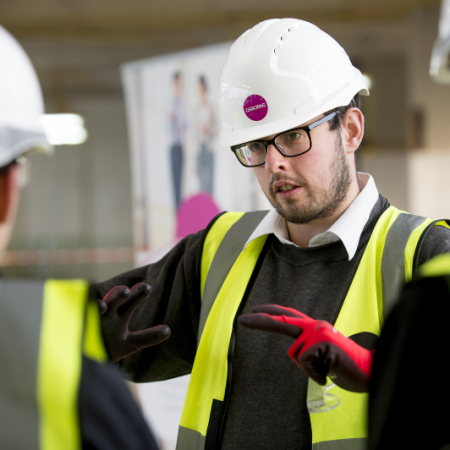Are We Nearly There Yet?
That title may be reminiscent of restless children on a long journey, relentlessly asking for updates on whether journey’s end is anywhere in sight. And to some extent that’s where the construction industry is on its lengthy journey to becoming a sector that can consistently deliver more with less, and do it faster.
We know the road is a long one; the question is whether we are travelling along it fast enough. Are we that much closer to creating a culture where innovation is second nature and where we are seen as a leader rather than a follower when it comes to adopting new technologies and processes?
Are we picking up the pace of change? It’s hard to make a case that, across the industry, the pace of change is what it needs to be. BIM is helping, but too often there seems to be a spirit of foot-dragging reluctance rather than enthusiastic adoption. This is a shame, as it’s clear that BIM brings clients, contractors and supply chains closer together. Used appropriately, it helps to deliver significantly better outcomes and value.
The industry also seems slower than other sectors to embrace the opportunities of big data, automation, machine learning and virtual reality.
What would help is to have commonly accepted models for calculating the long-term ROI from innovation in construction. This is a complex enough calculation just to factor in whole life operating and maintenance costs, never mind less tangible factors such as how effectively a building functions or the wellbeing of those who use it. But we have to take on this challenge to move beyond the cost-based procurement that stifles innovation.
Perhaps we still lack enough creative thinkers? Or maybe we have them but don’t do a good enough job of giving them the space to apply their talents.
Innovation may have creativity at its core, but it needs to be supported by the right systems and culture if any of those ideas are going to bear fruit. This is why Osborne invested in the Improvement Opportunity (IO) app. Ideas can be captured instantly and put into a structured process for review, feedback and, most importantly, action.
The biggest cultural shift with becoming more innovative is accepting that things won’t always work. The industry craves certainty, which may be slightly ironic when you consider the number of projects that come in late and over budget. Innovation brings risk as well as potential reward. That’s why we are always talking about client/contractor relationships with shared risk and reward. Not everything works, but overall, we continue to move forward together.
What would the report card for the construction industry say when it comes to innovation? Perhaps ‘5/10, could do better.’ Not only could but must. And soon!

